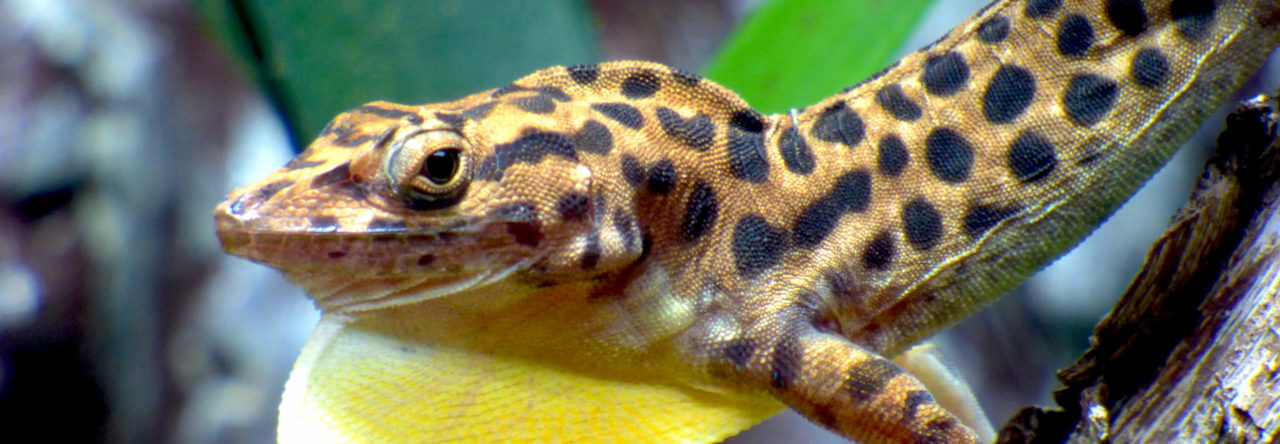
Photo from http://www.petworldshop.com/
We’ve had a number of posts in recent months on the remarkable variety of anole species available in the pet trade (for example, here and here), particularly in the Europe. Another aspect of the pet trade, however, is the volume at which it occurs, and in this case, it is probably a few common species that make up the bulk of the trade. A recent paper in the Herpetological Journal explored reptile and amphibian commerce in Great Britain over a ten-year period from the mid-1990’s to mid-2000’s. The paper has some interesting points on various aspects of the dynamics of the trade, including how price has changed, the role of captive breeding, and other points. Anoles aren’t a central focus of this paper, but it does report that the price of anoles has increased over time, even after correcting for inflation: 26% in both A. carolinensis and A. sagrei, but only 4% in A. equestris. This was about middle of the pack for lizard species surveyed. Some had become more expensive—more than 400% more in Parson’s chameleon—but about half the species had become cheaper, green iguanas dropping by 69% at the other extreme.
I summarized what I could learn about the anole trade in Lizards in an Evolutionary Tree. It isn’t much, but here’s what I had to say: From 1998–2002, more than 250,000 A. carolinensis and more than 100,000 A. sagrei were legally exported from the United States; in the same period, as many as 30,000 anoles of various species may have been imported into the U.S. Figures for imports into other countries are unavailable, but may be large because there are many reptile hobbyists in Europe. The United States is the only country likely to have much domestic trade in anoles, and these numbers, too, are great because many A. carolinensis and A. sagrei are captured and sold within the United States, not only for the pet trade, but also to laboratories, educational supply companies, and zoos. Data on the magnitude of this trade is scarce, but more than 250,000 anoles were collected in Florida in a four-year period in the early 1990s (this number may be a substantial underestimate because dealers were not required to report the number of the introduced A. sagrei and as a result, most did not do so.). in Louisiana, nearly a million A. carolinensis a year were collected in the mid-1990s, but that number has declined to around 350,000 per year in 2006, apparently as a result of declining demand, rather than shortage of anoles.










